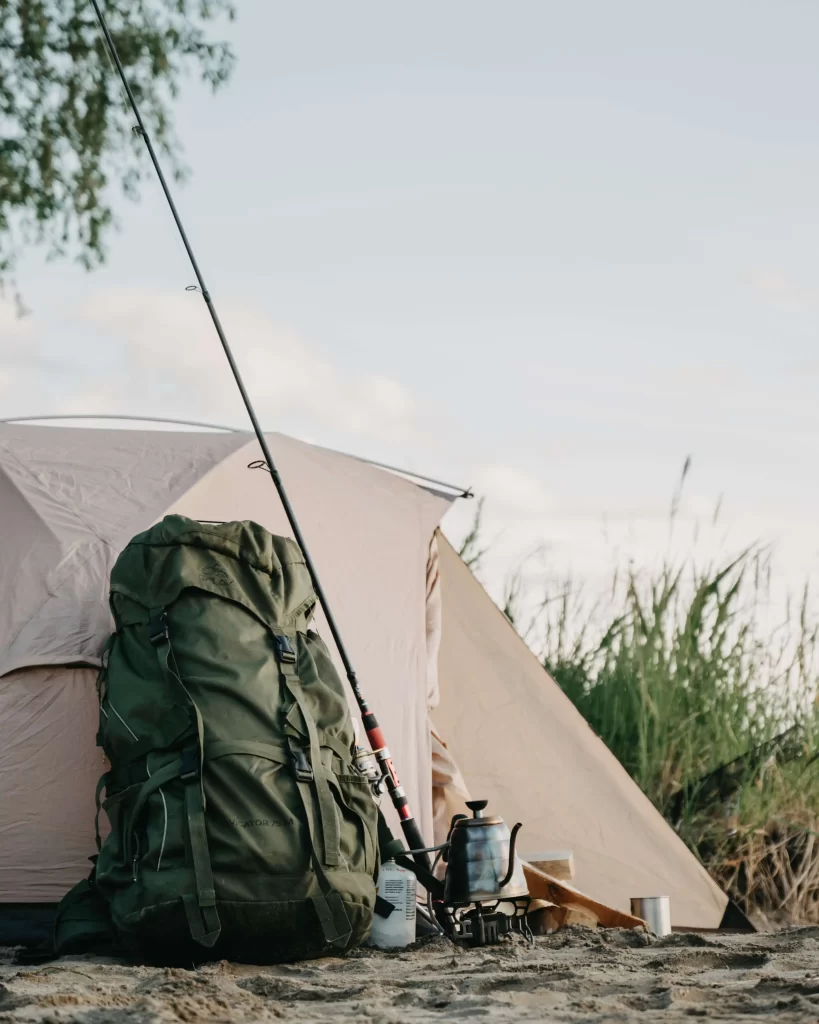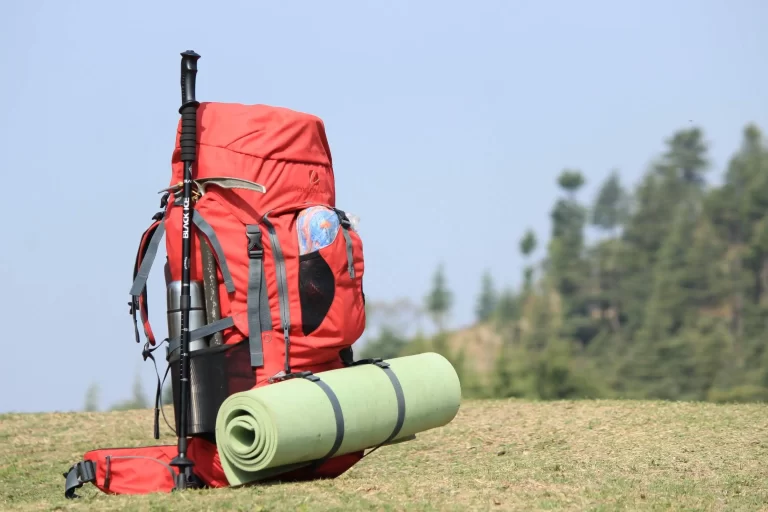How to Pack a Tent for Backpacking in 2024.
When it comes to backpacking, having a good tent is essential for a comfortable and safe trip. But before you embark on your journey, it’s crucial to grasp how to pack a tent for backpacking. It’s because packing your tent in the correct way matters a lot, and it can be a daunting task.
Efficient tent packing conserves valuable space in your backpack and leaves space for other essential gear. Additionally, a well-packed tent is easier to carry as it contributes to better weight distribution
In this blog, we will discuss in detail how to pack a tent for backpacking, including the best techniques and tools to make the process easier and more efficient.

Steps of How to Pack a Tent for Backpacking
By following these steps and tips, you can ensure that your tent is properly packed for backpacking, and ready for your next adventure in the great outdoors.
1. Choose the Right Tent
Selecting the appropriate tent is the first step to take before packing it for backpacking. It is crucial to opt for a lightweight, durable, and easy-to-pack tent that meets your specific requirements.
You should take into account the size of your group, the length of your trip, and the type of weather you are likely to face during your journey.
Picking the right tent that suits your needs will not only simplify the packing process but also enhance your overall camping experience.
2. Clean and Dry the Tent
To ensure that your tent is in good condition for your next camping trip, it is essential to pack it only after it has been spotless and dried.
Firstly, remove any dirt or debris by wiping down the tent with a damp cloth. Following this, pitch the tent and allow it to air dry completely. This will prevent the growth of mold or mildew inside the tent and maintain its overall quality.
3. Remove Stakes and Poles
Next, remove any stakes and poles from the tent. This will make it easier to pack and reduce the risk of damaging the tent. Keep the stakes and poles in a separate bag or compartment in your backpack.
4. Fold the Tent
Lay the tent flat on the ground and fold it in half lengthwise. This will make it easier to roll up the tent. Then, fold the tent in thirds or quarters, depending on the size of the tent. This will make it more compact and easier to pack.

5. Roll the Tent
Roll the tent tightly from one end to the other. Start at the end where the door is located, and roll the tent towards the opposite end. Make sure to keep the tent as compact as possible while rolling it.
6. Use a Stuff Sack
After rolling up your tent, use a stuff sack to keep it compressed and compact. Stuff sacks come in different sizes, so choose one that is appropriate for the size of your tent.
Place the rolled-up tent inside the stuff sack and compress it as much as possible. This will not only save space in your backpack, but it will also protect your tent from any damage during transportation.
7. Pack the Tent Last
To make sure your tent is readily available upon arrival at your campsite, it is recommended to pack it last when organizing your backpack.
Place the tent at the bottom of your backpack, closest to your back, which will help distribute the weight evenly and make it easier to carry. By following this approach, you can ensure a comfortable and hassle-free backpacking experience.
8. Keep it Dry
Finally, make sure to keep your tent dry. Invest in a waterproof stuff sack or pack cover to protect your tent from rain or any other moisture.
Also, avoid packing your tent with any wet or damp gear. This will help prevent any moisture from damaging the tent.

Conclusion
In conclusion, packing a tent for backpacking requires careful consideration and attention to detail. By choosing the right tent, cleaning and drying it properly, removing stakes and poles, folding and rolling it tightly, using a stuff sack, packing it last, and keeping it dry, you can ensure that your tent will be ready for your next backpacking adventure. Please make sure to keep the camping site clean.
With these tips, you can enjoy a comfortable and safe camping experience while exploring the great outdoors.





